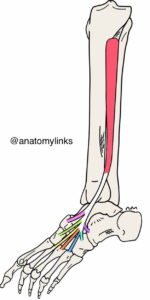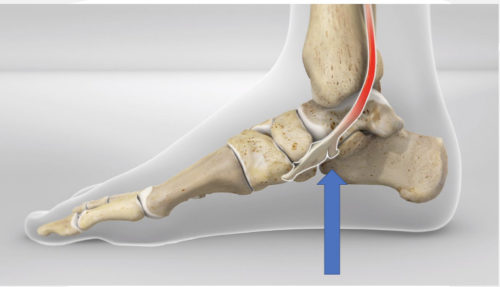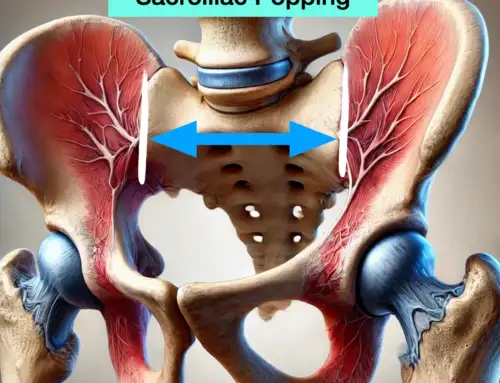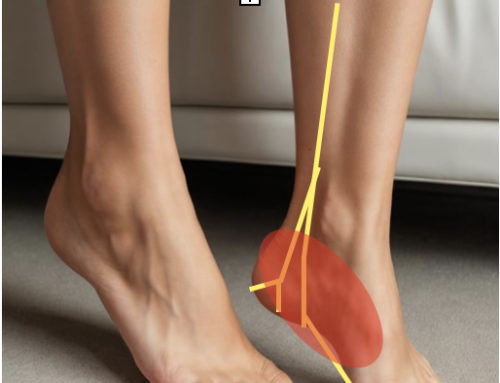Tibialis Posterior: Foot and Ankle Muscle
Overview
The Tibialis Posterior is the lower leg’s deepest muscle (posterior compartment). This muscle and the tibialis posterior tendon are crucial to the stability of the foot’s medial arch. The Tibialis posterior is situated posterior to the interosseous membrane and deep to the large gastrocnemius and soleus muscles. This muscle travels across the ankle joint attaches to bones on the underside of the foot. This tendon acts like a suspension bridge to support the arch via the many attachments of the tibialis posterior tendon. If the tibialis posterior muscle and tendon become weak or damaged, the arch falls (flatfoot) and is called posterior tibialis tendon dysfunction (PTTD).

| Detailed Anatomy |
|---|
Origin
As the tibialis posterior muscle enters the ankle posterior to the medial malleolus, the posterior tibialis tendon travels under and secured by the flexor retinaculum. The retinaculum prevents any bowing in the tendon during ankle movements. |
| Insertion (foot)
After passing through the tarsal tunnel with the digitorum longus, tibial vein, tibial nerve, and flexor hallucis longus, it attaches to the following bones:
|
Nerve
|
Artery
|
Function
Let’s first discuss the movements or actions of the tibialis posterior muscle performed on the foot and ankle.
- Plantarflexion on the ankle and foot
- Inversion of the ankle at subtalar joint
- Helps lift the medial longitudinal arch of the foot
- Resists body sway while one foot (balance)

Muscle and Tendon Dysfunction
Tibialis posterior muscle weakness or tendon injury can cause many foot and ankle syndromes.
- Posterior Tibialis Tendon Dysfunction (PTTD) occurs when the tendon becomes inflamed, torn, and unable to provide the stability needed to support the foot’s arch. Over time the arch falls, known as flatfoot.
- Shin Splints
- Posterior Tibialis Tendonitis– Ankle injuries such as eversion ankle sprain or repetitive overuse cause tendon inflammation.
- Posterior Tibialis Tendinopathy- Degeneration of the tendon from long-term injury.
- Tibialis Posterior Tendon Rupture
Our editorial practices include evidence-based practices, interventions, and recommendations.





